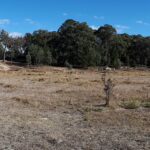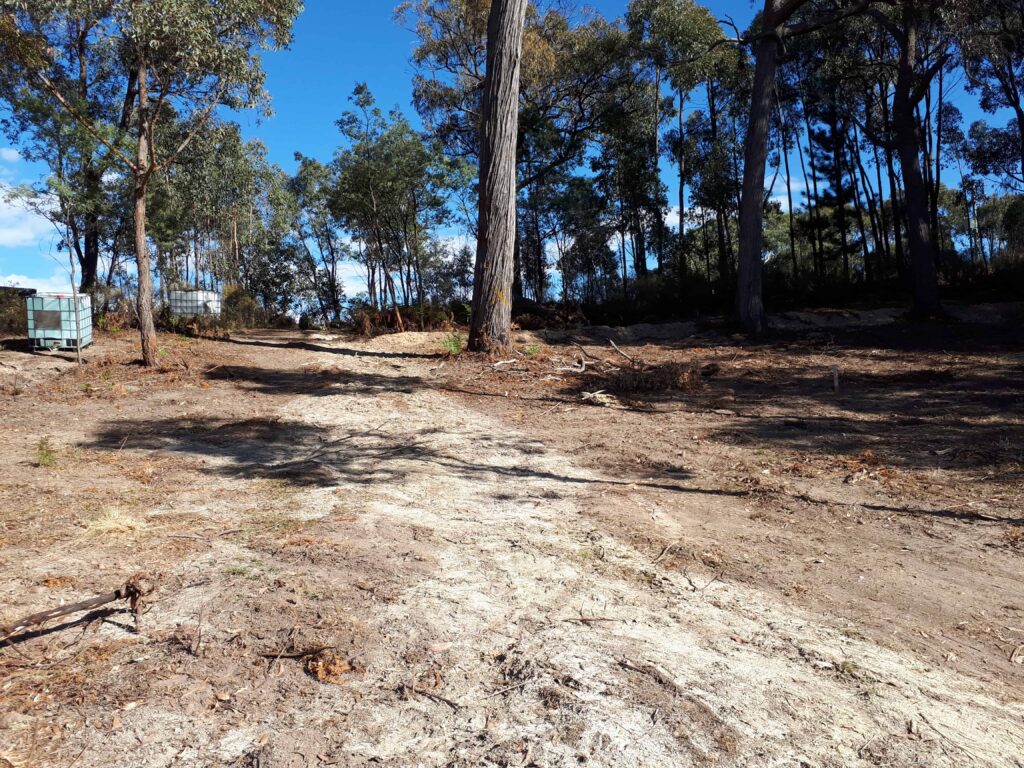Doherty Smith & Associates is now Compass Consulting Surveyors
Click here to see this blog and more on our new website compasscs.com.au
Biodiversity Conservation Act 2016
The Biodiversity Conservation Act 2016, as enacted in 2017, requires proposed development to be rigorously assessed in relation to potential impacts on biodiversity. Part 6 of the Act sets out requirements for a Biodiversity Offset Scheme, which is intended to maintain sustainable levels of flora and fauna by calculating the impact of a development and requiring the developer to either establish and maintain an area of land as an offset, or pay a one-off fee. When a development exceeds the threshold, the need for a biodiversity assessment is triggered. The biodiversity assessment determines the level of impact of a development, and the required offset are or fee to be paid.
Biodiversity Offsets Scheme
The Biodiversity Offsets Scheme has been developed to assess impacts on biodiversity from development and clearing and to assist in avoiding or minimising major impacts. The scheme ensures that land used to offset impacts is secured in perpetuity.
If a proposal involves clearing of land, the development must be assessed to determine whether the threshold is triggered, or whether threatened species are “significantly affected”. State significant development and state significant infrastructure projects are automatically assumed require a Biodiversity Assessment.
Biodiversity Offsets Scheme Threshold
The Biodiversity Offsets Scheme Threshold is a test to determine whether and when it is necessary to engage an accredited assessor to apply the Biodiversity Assessment Method (BAM) to assess the impacts of a proposal. The application of this legislation is triggered by meeting a “threshold” based on:
- area of native vegetation cleared based on table below:
| Prescribed Minimum Lot Size for subject land from LEP Mapping | Threshold for clearing, above which the BAM and offsets scheme apply |
| Less than 1 hectare | 0.25 Hectares or more |
| 1 ha to less than 40 ha | 0.5 ha or more |
| 40 ha to less than 1000 ha | 1ha or more |
| 1000 ha or more | 2 ha or more |
Or,
- whether impacts occur on a mapped area according to Biodiversity map
If a development exceeds the threshold, a Biodiversity Development Assessment Report (BDAR) must be prepared, assessing the impacts on biodiversity and specifying offset areas or biodiversity credit values.
Threatened Species Test of Significance
If a development does not exceed the threshold above, a threatened species ‘test of significance’ must be carried out. This test considers items in accordance with Section 7.3 of the Biodiversity Conservation Act.
If a development exceeds the threshold above, the requirement for a threatened species Test of Significance is waived, as potential impacts on threatened species will be considered in the Biodiversity Development Assessment Report required.
Section 7.3 of the Biodiversity Conservation Act 2016 includes the following in relation to a Test of Significance:
- The following is to be taken into account for the purposes of determining whether a proposed development or activity is likely to significantly affect threatened species or ecological communities, or their habitats:
- a) in the case of a threatened species, whether the proposed development or activity is likely to have an adverse effect on the life cycle of the species such that a viable local population of the species is likely to be placed at risk of extinction,
- b) in the case of an endangered ecological community or critically endangered ecological community, whether the proposed development or activity:
- is likely to have an adverse effect on the extent of the ecological community such that its local occurrence is likely to be placed at risk of extinction, or
- is likely to substantially and adversely modify the composition of the ecological community such that its local occurrence is likely to be placed at risk of extinction,
- c) in relation to the habitat of a threatened species or ecological community:
- the extent to which habitat is likely to be removed or modified as a result of the proposed development or activity, and
- whether an area of habitat is likely to become fragmented or isolated from other areas of habitat as a result of the proposed development or activity, and
- the importance of the habitat to be removed, modified, fragmented or isolated to the long-term survival of the species or ecological community in the locality,
- d) whether the proposed development or activity is likely to have an adverse effect on any declared area of outstanding biodiversity value (either directly or indirectly),
- e) whether the proposed development or activity is or is part of a key threatening process or is likely to increase the impact of a key threatening process.
Guidelines on how to apply the test of significance will be available “shortly”. The guidelines for applying the now superseded 7-part test are referenced as an indicator on how the test of significance may be applied.
If a proposal exceeds the threshold or has a significant impact based on the test of significance, a Biodiversity Development Assessment Report must be prepared for consideration with the assessment of the proposal.
If the impact of a proposed development does not exceed the threshold and does not have a significant impact based on the test of significance, the application will be assessed under Section 79(c) of the Environmental Planning and Assessment Act 1979.
What does this mean?
In practical terms, the implementation of these requirements adds a significant burden to land developers, both in cost and time. The time required for the Biodiversity Development Assessment Report to be undertaken is significant, and the cost can be . Unfortunately, the requirements mean that almost every greenfield development will require at least a Threatened Species Test of Significance. Any proposed development that exceeds the threshold will require a full Biodiversity Development Assessment Report to be prepared, and an offset area or biodiversity credit determined.
Doherty Smith & Associates has had early experience with this legislation with proposed development on greenfield sites. It is important for a consultant, when designing a development, to be aware of the potential biodiversity value on a site, and to avoid impacting this as much as possible. It is also important to be aware that some vegetation has a higher value in the Biodiversity Offset Scheme calculator, and that threatened species can live in vegetation of lower value, lower density or even native grassland. Doherty Smith & Associates have been able to design potential development in such a way as to minimise impact on significant areas of biodiversity value, saving clients hundreds of thousands of dollars.
The Biodiversity Conservation Act 2016 is a very complex way of trying to implement a rigid, repeatable system. The requirements are likely to significantly increase the cost of greenfield subdivisions in areas with native vegetation. The triggers for the Biodiversity Offset Scheme Threshold are quite low, with very small areas of clearing triggering the need for a BDAR. Prior to commencement of any greenfields development that is likely to involve clearing of native vegetation, an accredited assessor will have to be engaged to determine what path to follow.
Doherty Smith & Associates are not accredited assessors, however we have an excellent working relationship with various consultants who are appropriately qualified and experienced. If you are considering a development that involves the clearing of native vegetation, feel free to call us to discuss the requirements of the Biodiversity Conservation Act 2016.
Eric Smith
Registered Surveyor




